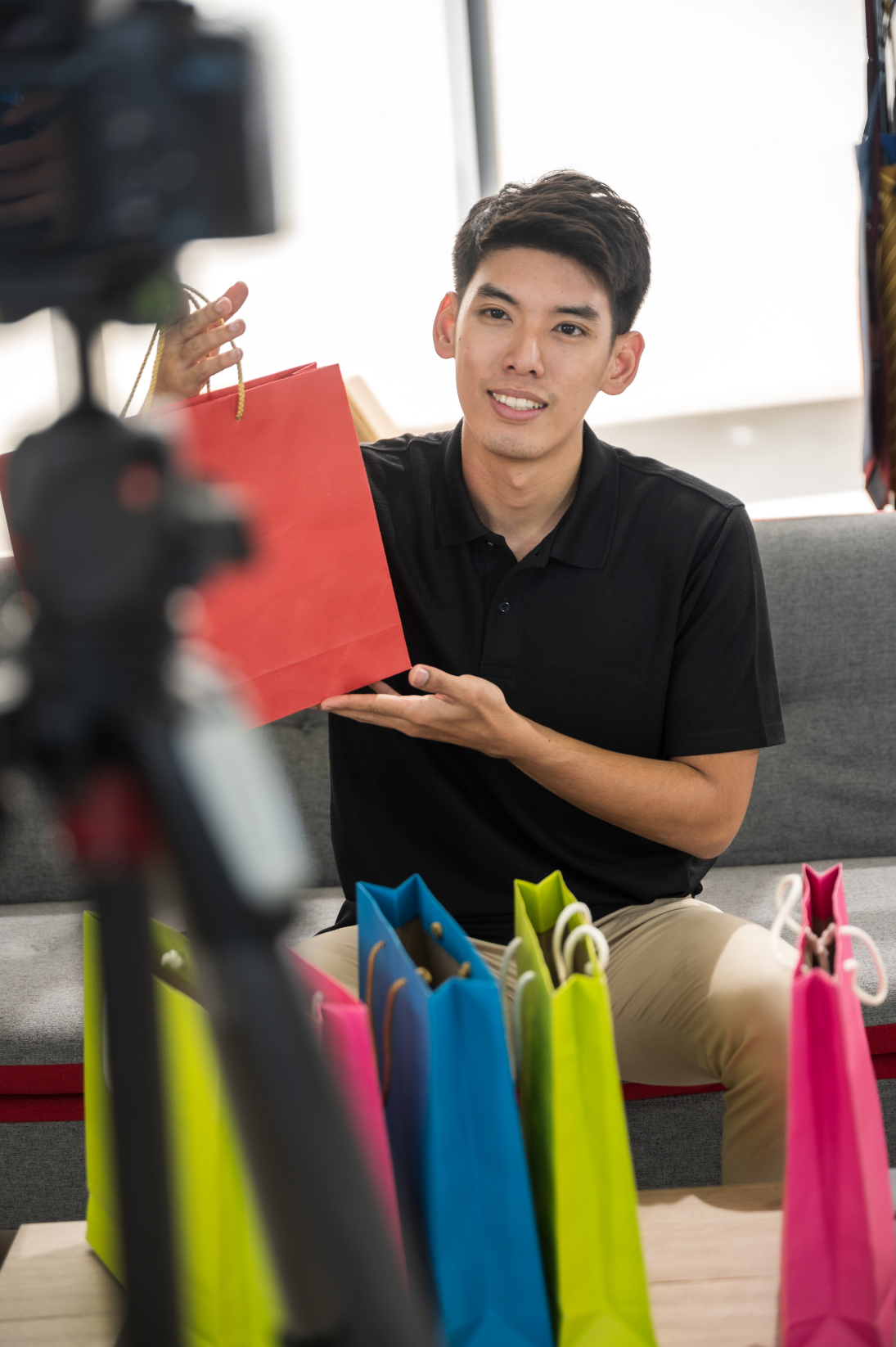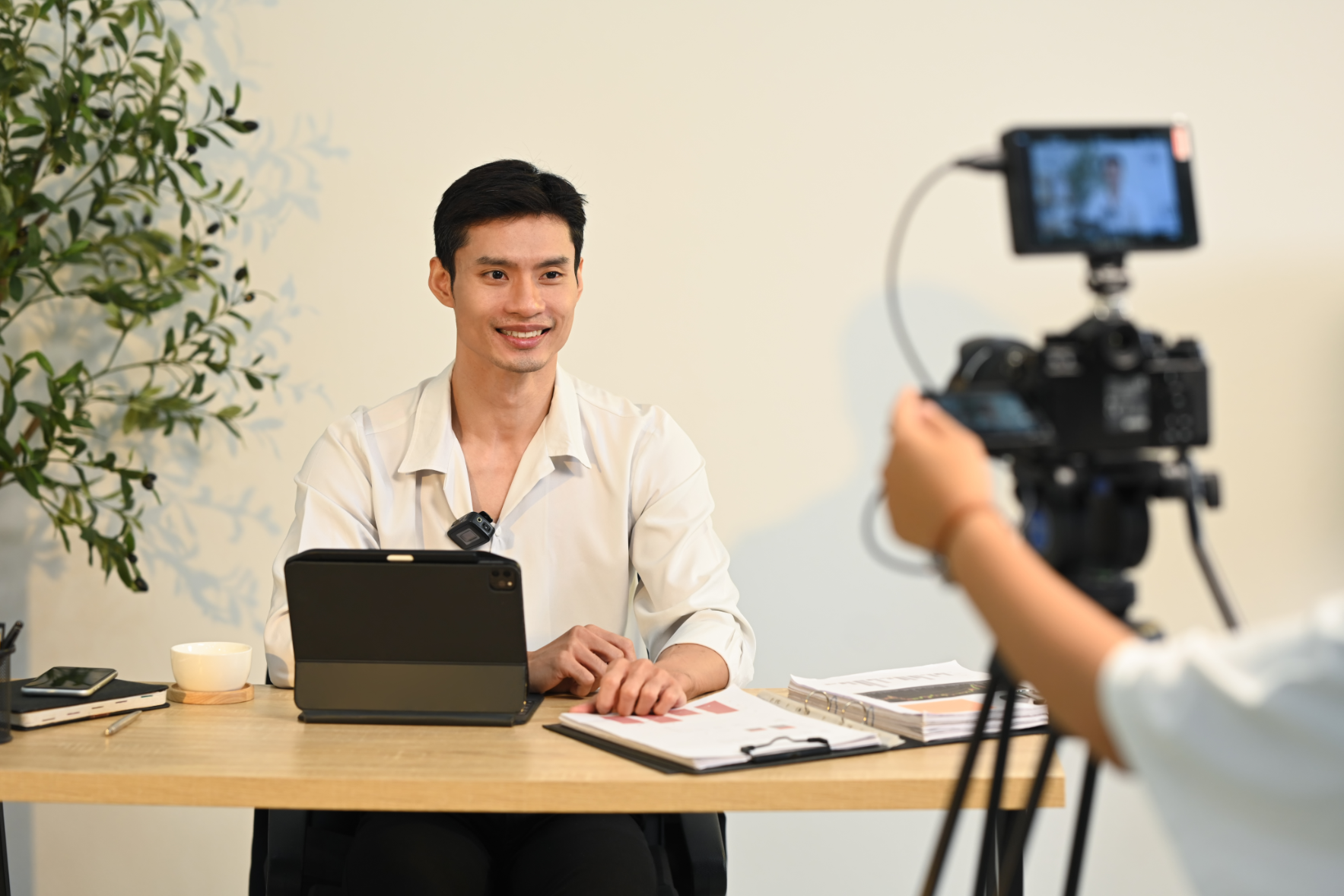Elevate Your Shots: Advanced Cinematography Secrets Revealed

You’ve mastered the basics: the rule of thirds, proper exposure, and perhaps even some fundamental camera moves. But what separates a good shot from an unforgettable one? It’s not just about hitting the right f-stop or ISO; it’s about understanding the deeper artistry and technical mastery that elevates mere footage into compelling visual storytelling. Advanced cinematography isn't about expensive gear, but rather the intentional application of light, movement, and composition to evoke emotion and communicate narrative without a single line of dialogue.
This post is for those ready to push beyond the conventional, to look at every frame as an opportunity to speak volumes. We’re going to pull back the curtain on some advanced secrets that professional cinematographers use to craft stunning, impactful visuals. Get ready to transform your filmmaking and truly elevate your shots.
Mastering Light: Sculpting, Not Just Illuminating
Lighting is arguably the most powerful tool in a cinematographer’s arsenal, extending far beyond simply ensuring your subject is visible. Advanced lighting involves sculpting light and shadow to create depth, mood, and to guide the audience's eye. Think of light as paint and your set as a canvas. Are you using hard, direct light to create dramatic shadows and define texture, or soft, diffused light to create a more ethereal, gentle, or naturalistic feel? The choice impacts the emotional resonance of your scene profoundly.
Beyond the quality of light, consider its motivation. Where is the light source coming from in your scene? Is it a window, a practical lamp, or a moonlight glow? Even if it's artificial, making it feel organic and motivated within the scene adds immense realism and believability. Experiment with negative fill (using black flags or fabrics to absorb light) to deepen shadows and increase contrast, or bounces to gently lift shadows without introducing new light sources. Understanding how color temperature influences mood – from the cool blues of moonlight to the warm oranges of a sunset – allows you to paint with light and tell your story through color.
Practical Lighting Tips:
- Study the Masters: Analyze how cinematographers like Roger Deakins or Emmanuel Lubezki use light in their films. Pay attention to how light defines character, mood, and space.
- Utilize Practical Lights: Incorporate lamps, candles, or other on-set fixtures as part of your lighting scheme. They can provide motivated sources and beautiful practical glows.
- Shape with Subtraction: Don't just add light. Use flags, cutters, and even simple black fabrics to block light and create shadows. Often, what you take away is as important as what you add.
- Think in Layers: Build your lighting scene by scene, starting with a key light, then fill, then backlights, and finally accent lights. Each layer serves a specific purpose.
The Art of Dynamic Camera Movement: Beyond the Tripod
While a static shot can be incredibly powerful for emphasis, dynamic camera movement breathes life into a scene, guiding the viewer's gaze and conveying narrative information. Moving the camera should never be arbitrary; every push, pull, pan, or tilt must serve the story. Advanced camera work considers the emotional impact of a move. A slow, deliberate dolly shot can build suspense or signify contemplation, while a shaky, handheld shot can immerse the audience in a character's anxiety or chaos.
Explore tools beyond the simple tripod: dollies for smooth tracking, gimbals and Steadicams for fluid, immersive follow shots, and even cranes for epic establishing shots or sweeping reveals. Mastering these tools isn't just about operating them; it's about understanding when and why to use them. Consider the "vertigo effect" or dolly zoom, where the camera dollies in while zooming out (or vice-versa), to create a jarring, disorienting psychological effect often used to convey shock or revelation. Plan your camera moves meticulously, choreographing them with actor blocking and scene progression to enhance the storytelling.
Actionable Movement Advice:
- Motivated Movement: Ask yourself: Why is the camera moving? Is it following a character's gaze, revealing a new element, or reflecting a character's internal state?
- Practice Fluidity: Whether handheld or on a gimbal, practice smooth, consistent movements. Jerky movements can distract from the narrative.
- Vary Your Pace: Don't always move at the same speed. A sudden acceleration or deceleration can add dramatic emphasis.
- Pre-Visualize: Before shooting, visualize or even block out your camera moves. Use storyboards or pre-vis software to plan complex sequences.
Composition & Framing for Psychological Impact
Composition is more than just placing your subject according to the rule of thirds. Advanced composition involves using the frame to evoke specific emotions, create symbolic meaning, and direct the audience’s subconscious attention. Think about negative space – the empty areas around your subject – and how it can convey feelings of isolation, vastness, or impending doom. Conversely, tight framing can create intimacy, claustrophobia, or intensity.
Explore techniques like "framing within the frame," using natural elements like doorways, windows, or trees to create a sub-frame around your subject, drawing the eye precisely where you want it. Utilize leading lines to guide the viewer’s eye through the scene, creating depth and dynamic interest. And don't shy away from breaking traditional rules. A Dutch angle (tilted horizon) can powerfully convey disorientation or unease. Understanding how different focal lengths affect perspective – a wide lens for expansive, distorted views; a telephoto for compressed, isolated intimacy – allows you to choose your lens not just for magnification, but for emotional impact.
Refined Composition Techniques:
- Subtle Symbolism: Use foreground and background elements to subtly comment on the character or narrative. A barren tree behind a character could symbolize despair.
- Depth Through Layers: Create visual interest by having distinct foreground, mid-ground, and background elements. This makes your 2D image feel 3D.
- Eyes on the Edges: Pay attention to the very edges of your frame. Are there distracting elements? Is everything intentionally placed?
- Break the Rules with Intent: Once you know the rules, you can consciously break them for artistic effect. A perfectly centered shot can feel incredibly stable or monumental, for example.
Conclusion
Moving beyond the fundamentals of cinematography is a journey of continuous learning and experimentation. It's about developing an artistic eye, understanding the psychological impact of every technical choice, and mastering the craft to communicate complex emotions and narratives visually. By delving deeper into the nuances of lighting, intentional camera movement, and sophisticated composition, you unlock new levels of visual storytelling that truly resonate with your audience.
Remember, the goal isn't just to make pretty pictures, but to craft images that serve the story and evoke genuine feeling. Keep practicing, keep analyzing the work of masters, and never stop experimenting. For those ready to truly master their craft and collaborate with experts who understand these advanced nuances, visit FilmBaker and explore how we can help bring your vision to life. Get in touch with us today at https://www.filmbaker.com/get-in-touch.


